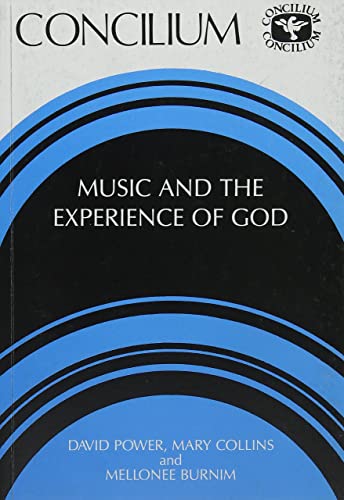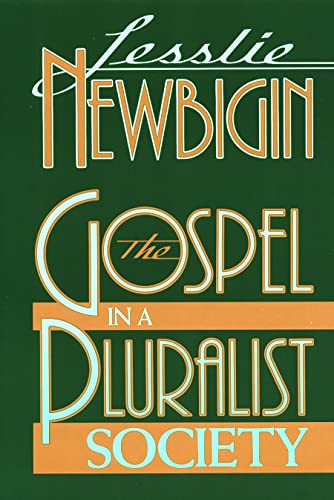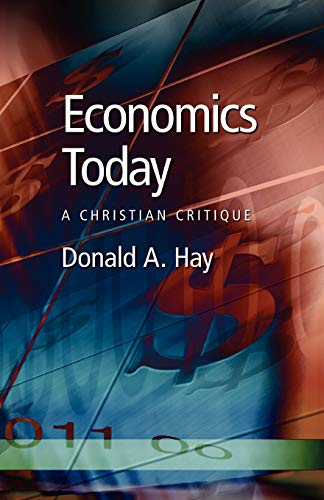Studying the Synoptic Gospels
Written by E.P. Sanders and Margaret Davies Reviewed By I. Howard MarshallThe departing Dean Ireland’s Professor at Oxford and his wife have jointly produced this volume which is in effect an introduction to the synoptic gospels. Sanders is responsible (apparently) for all but Part Four of the book, and its contents will be fairly predictable for those familiar with his earlier works. The great merit of the work is its fairly detailed discussion of the problems and the texts with copious examples that the reader can follow through. The book is thoroughly up-to-date and incorporates discussion of recent developments in synoptic study. It has five parts.
In Part One Sanders discusses authorship and genre in broad terms. He thinks that the gospels were written anonymously c. 65–100. This conclusion is reached by doubting the reliability of Papias and the traditions which he quotes. In Part Two there is an extensive discussion of the synoptic problem which recognizes the complexity of the issues and the uncertainty of the commonly used criteria. Sanders is persuaded by M. Goulder that Luke knew Matthew but not necessarily that Matthew had no source other than Mark. He is inclined, therefore, towards a complex solution, which in the nature of things is hard to prove. It is not too surprising, therefore, that the book is dubious about the methods of a redaction criticism which assumes any particular hypothesis of synoptic origins. Part Three discusses form criticism in the light of recent studies by A.J. Hultgren, K. Berger and others which have led to some modifications of more traditional positions. Thus, for example, Sanders speaks in terms of chreiai rather than apophthegmata or pronouncement stories, and he is sceptical of Jeremias’ attempt to locate the parables in historical contexts in the ministry of Jesus. On the whole, he keeps fairly close to Bultmann, but he argues that his critical reservations about Bultmann’s views lead to ‘more uncertainty than he had, not less’.
In Part Four Margaret Davies makes her entry with ‘Holistic Readings’ of the gospels. Redaction criticism is illustrated by expounding the work of J.D. Kingsbury on Matthew; the account is somewhat sceptical in that the author is critical of the assumption ‘that the meaning of a text is given by the author’s intention’ and finds that this assumption flaws Kingsbury’s approach. However, it is by no means so certain that the ‘intentional fallacy’ is a fallacy, as P. Cotterell and M. Turner have shown in their Linguistics and Biblical Interpretation, chapter 2. She passes on to structuralism and deconstruction, of which she is rightly sceptical, and then to rhetorical criticism, which is important for its analysis of the literary devices used by all writers, biblical ones included. Finally, she looks in turn at the genre of the three gospels. Matthew is ‘ “a theodicy about creation and recreation” … which is centred in the life, death and resurrection of Jesus’. So too is Mark. But Luke is closer to the genre of Hellenistic history writing.
Finally, in Part Five the question of the historical Jesus is considered. Sanders rightly defends the legitimacy of the question. He insists that it is not a matter of ‘innocent until proved guilty’ with the sources or vice versa, but of weighing the evidence and assigning degrees of probability. He finds support for authenticity where the material shows characteristics which are against the interests of the Evangelists, where there is uniqueness (i.e. the dissimilarity principle), where there is multiple attestation in independent sources, and where there is agreement between friends and foes of Jesus. The first three of these are familiar, while the last is perhaps more novel. On this basis some seven general statements about Jesus’ mission and his view of the kingdom of God can be listed as virtually certain—and a good deal more which is not listed.
Readers of all schools of thought will be grateful for this clearly presented account of gospel study and its methods. The authors are sufficiently sceptical of some of the ‘assured results’ of earlier criticism to make their work provocative for all readers. Conservative students will be worried no doubt by the rather sceptical conclusions to which they come regarding the historical reliability of the gospels: a very great deal of material is regarded as unhistorical (with virtual certainty) or as being of doubtful historicity. Has something gone wrong?
It is customary to distinguish between presuppositions, methods and conclusions. Some conservatives argue that methods which begin by assuming that the gospels may contain historically unreliable statements start from the wrong presuppositions. But, on the other hand, it is difficult to see why methods which investigate the historicity of the gospels should fail to work because the critic approaches the material with an open mind as to historicity. Surely if the gospels contain historically reliable statements, then they will pass tests for historicity, or at least cannot be disproved by historical study. And, on the other hand, it is necessary to investigate in what sense the statements in the gospels are historical, as for example, when material has been presented in abbreviated form or difficult sayings of Jesus have been clarified by the Evangelists. (I am aware that James Barr says that conservatives practise biblical criticism only because they are sure that it will come up with the ‘right’ answers from their point of view! The fact that he is wrong in this judgment does not altogether destroy my point. It would be more fitting to say that conservatives are, or should be, open to the truth, whatever it is. They believe that criticism cannot destroy the gospel even if it may correct their own false ideas of the gospel.) It is true, of course, that anti-supernaturalistic presuppositions will lead to false conclusions, and it is necessary to watch out for these, even when authors protest that they have not been influenced by them. But in the present case faulty presuppositions of a different sort may be the real culprits. They emerge perhaps in the discussion of the synoptic problem where the possibility of continuing sources of reliable information about Jesus right up to the time of composition of the gospels is simply not taken sufficiently seriously. Or again, assumptions about primitive narratives being ‘simple’ and later ones ‘more developed’ are not questioned sufficiently.
So far as the methods are concerned, it is probably little comfort to some conservative readers to discover that very similar things about the nature of historical study were being said in 1977 in the reviewer’s own I believe in the historical Jesus, where the point was made that historical study can only assign degrees of probability to statements. It is true that the reviewer would assign greater probability of historical reliability to much more in the gospels than would Sanders, but in principle the methods employed are the same, and it is good that Sanders thinks in terms of degrees of probability. Readers may of course want to say that their belief in the reliability of the gospels is independent of historical study with its merely probable results, but such independence is not really possible. To take a hackneyed example, if the accounts of Peter’s threefold denial of Jesus vary in the different gospels, then some kind of solution must be sought, and even those who postulate an original sixfold denial in order to harmonize the accounts and those who propose some other solution for the differences must use historical (as well as other) arguments in trying to settle which solution to adopt. And the conclusions to which they come will remain in the realm of probability.
So the problem is whether the methods have been properly applied, and whether conclusions have been reached which are truly dependent on correct application of methods and not perhaps on an unjustified scepticism. A certain amount of scepticism is in fact present, and when it is analysed it often seems to be unfounded. There is a danger of assuming too readily that where positive criteria for authenticity cannot be produced there are grounds for scepticism. The truth is that the whole business of demonstrating both authenticity and inauthenticity is extremely difficult.
Readers, therefore, who appreciate Sanders’ scepticism regarding some of the familiar conclusions of other gospel critics will do well to exercise the same caution over against much of what he says, and they will be right to say ‘Evidence, please’ or to look critically at what is offered as evidence and to take note of considerations which have not been mentioned. They will appreciate the comprehensiveness of this guide to gospel criticism and they will learn much from it, but (in the spirit of the authors) they will read the work critically.
I. Howard Marshall
I. Howard Marshall
University of Aberdeen
Aberdeen, Scotland, UK







